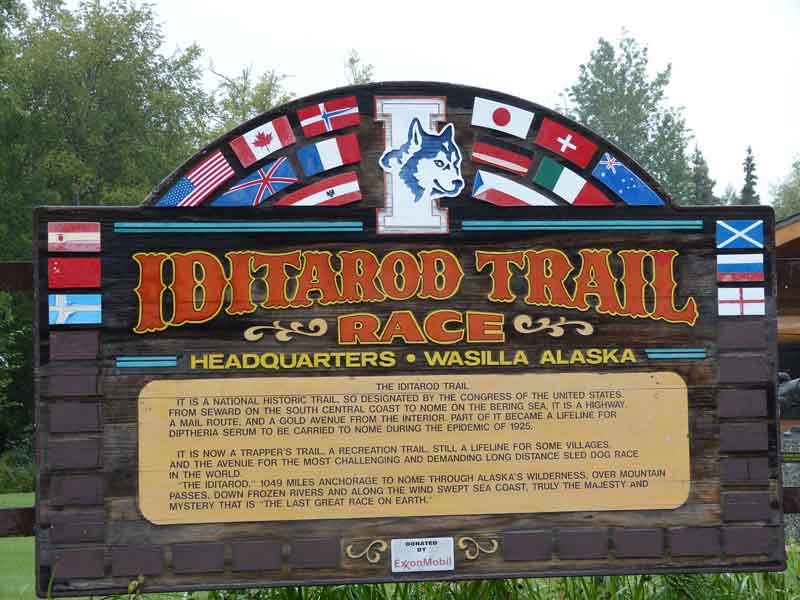In the early 1920s, settlers came to Alaska looking for gold. They travelled by boat to the coastal towns of Seward and Knik; and from there by land into the goldfields. Secondly, The trail they used to travel inland is known today as the Iditarod Trail; one of the National Historic Trails designated by the Congress of the United States. Moreover, The Iditarod Trail quickly became a major thoroughfare in Alaska; as the mail and supplies were carried across this trail. Furthermore, People also used it to get from place to place; including the priests, ministers; and judges who had to travel between villages.
In the winter, the settlers’ only means of travel down this trail was via dog sledge. Thirdly, Once the gold rush ended, many gold-seekers went back to where they had come from; suddenly there was much less travel on the Iditarod Trail. The introduction of the aeroplane in the late 1920s meant dog teams were no longer the standard mode of transportation, and of course; with the aeroplane carrying the mail and supplies; there was less need for land travel in general. The final blow to the use of the dog teams was the appearance of snowmobiles.
By the mid-1960s, most Alaskans didn’t even know the Iditarod Trail existed; or that dog teams had played a crucial role in Alaska’s early settlements.
Dorothy G. Page Introduced the Iditarod Trail Race:
Dorothy G. Page, a self-made historian; recognized how few people knew about the former use of sledge dogs as working animals and about the Iditarod Trail’s role in Alaska’s colourful history. To raise awareness about this aspect of Alaskan history; she came up with the idea to have a dog sledge race over the Iditarod Trail.
She presented her idea to an enthusiastic musher; as dog sledge drivers are known, named Joe Redington; Sr. Soon the Pages and the Redington’s were working together to promote the idea of the Iditarod race. Many people worked to make the first Iditarod Trail Sled Dog Race a reality in 1967. The Aurora Dog Mushers Club, along with men from the Adult Camp in Sutton; helped clear years of overgrowth from the first nine miles of the Iditarod Trail. To raise interest in the race; a $25,000 purse was offered, with Joe Redington donating one acre of his land to help raise the funds.
The short race; approximately 27 miles long, was put on a second time in 1969. After these first two successful races; the goal was to lengthen the race a little further to the ghost town of Iditarod by 1973. However, in 1972; the U.S. Army reopened the trail as a winter exercise; and so in 1973, the decision was made to take the race all the way to the city of Nome—over 1,000 miles. There were many who believed it could not be done and that it was crazy to send a bunch of mushers out into the vast, uninhabited Alaskan wilderness. But the race went! 22 mushers finished that year; and to date over 400 people have completed it.








